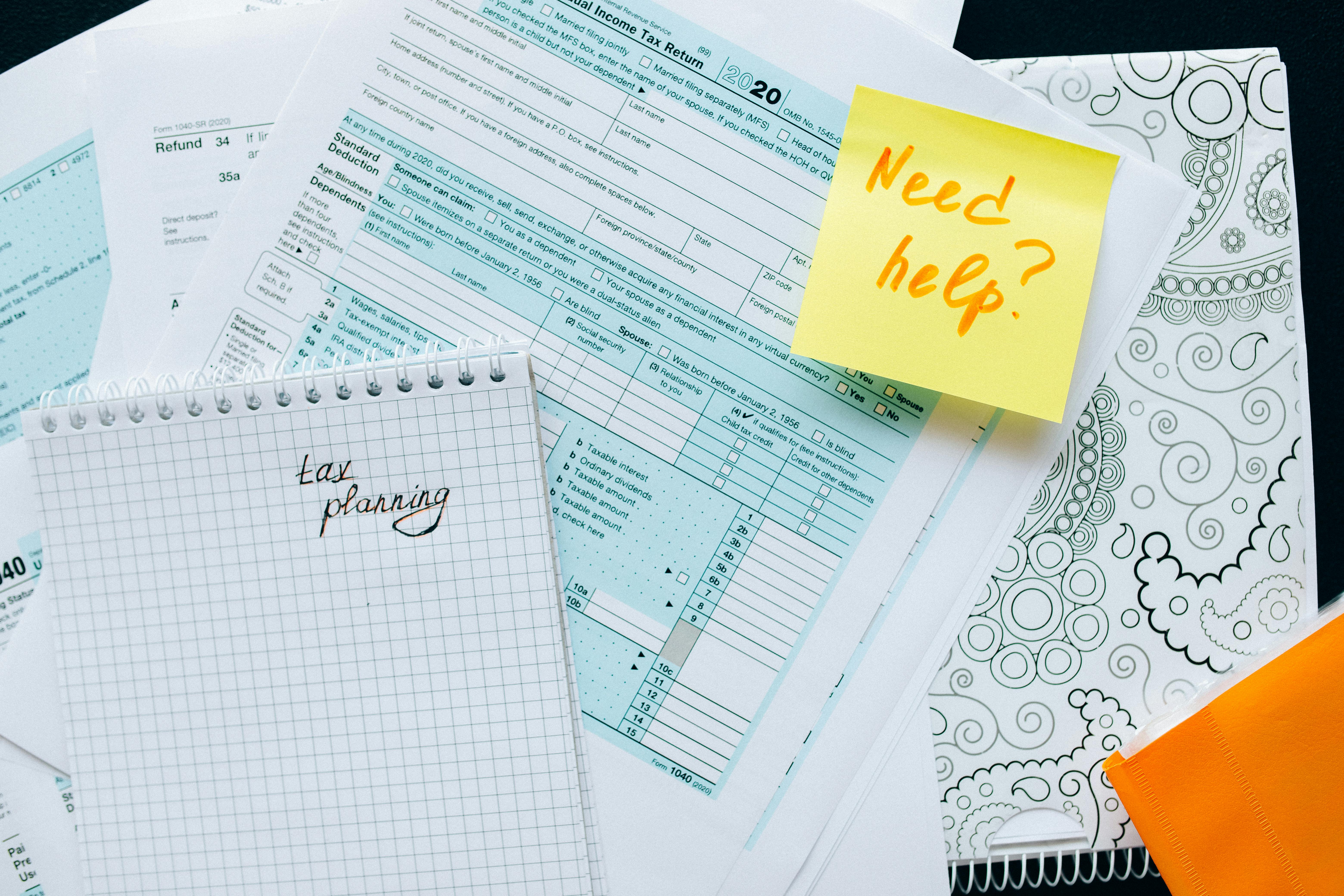How to Effectively Buy a Car with a Pre-Approved Loan in 2025
Buying a car is an exciting milestone, but it can also be overwhelming, especially for first-time buyers. Today, the process has evolved significantly, and 2025 offers unique financing opportunities. One of the most beneficial tools available is obtaining a pre-approved loan. This means you’ve already dealt with the financial institutions to ascertain how much you can borrow and at what interest rate. This article will guide you through the critical steps involved in purchasing a vehicle using a pre-approved loan, including understanding loan terms, evaluating interest rates, and more.
By the end of this article, you'll gain a comprehensive understanding of the car buying process, enabling you to make informed decisions and avoid common pitfalls. From assessing your budget and researching car models to negotiating prices and finalizing your purchase, we’ll cover it all.
Key takeaways include identifying competitive financing options, understanding the total cost of ownership, and effective negotiation tactics that will empower you in the car buying journey.
Understanding the Pre-Approval Process
Understanding the pre-approval process is crucial when buying a car. Before setting foot in a dealership, ensure you grasp how pre-approval works and its benefits. A pre-approved loan provides you with a clear idea of your budget, helping to streamline the purchasing experience. With a loan offer secured, you can confidently negotiate with dealerships, as you already know your financial limits.
During pre-approval, lenders assess your credit score, debt-to-income ratio, and overall financial health. Being proactive about this preparation can significantly influence your loan terms and interest rates. An excellent credit score can lead to lower rates, so it’s essential to check and address any discrepancies beforehand.
Furthermore, understanding the nuances of loan documentation is vital to ensure you're not surprised by hidden fees or charges later on. Asking your lender about up-front costs and ongoing obligations can clarify potential financial pitfalls.
Taking the time to understand the pre-approval process can set a strong foundation for your car buying journey and lead to long-term financial sustainability.
This leads us to the next critical step in the car buying process: evaluating different financing options and understanding loan terms.
Choosing the Right Financing Options
Once you've secured a pre-approved loan, it's time to explore your financing options. Understanding the distinction between dealership financing and pursuing loans independently is crucial. Some dealerships offer incentives that can entice buyers, including lower rates for certain vehicles or promotional financing. However, these offers may come with restrictions or higher overall costs. Always compare these rates with your pre-approved loan to ensure you are getting the best deal.
When assessing financing options, consider diverse resources such as credit unions and online lenders, which might provide competitive rates. Online platforms often allow you to receive real-time loan quotes and compare various lenders effortlessly.
It is also helpful to utilize car loan calculators to project monthly payments. This can illuminate how different loan amounts, interest rates, and loan terms affect your budget. In doing so, you'll gain clarity on what you can realistically afford.
Do not forget to evaluate your financial situation, particularly budget considerations for buying and maintaining a vehicle. For example, explore down payment options and how they can reduce your monthly payments significantly.
Therefore, as you prepare to choose your financing path, remember to stay informed about loan terms and interest rates, which play a crucial role in your long-term financial commitment.

Negotiating the Car Price Effectively
Negotiating the price of a vehicle is arguably the most critical part of the car buying process. A pre-approved loan empowers you with leverage, proving to the dealership that you have the financial backing to make a purchase. Before visiting a dealership, do thorough research on the vehicle’s market value through resources like Kelley Blue Book or Edmunds.
When you’re ready to negotiate, maintain a friendly yet firm demeanor. Start with a reasonable offer based on your research and work upwards from there. Key negotiation tactics include highlighting cash offers or your pre-approval status to encourage retailers to match or beat competitors’ offers.
Don't shy away from discussing trade-in values if you're planning to exchange your current vehicle. Ensure you know the fair market value of your trade-in to avoid losing out on potential savings. Check various vehicle trade-in calculators to obtain an estimated range.
As part of negotiation efficiency, ensure you ask for price transparency. Request a detailed breakdown of costs, taxes, and any dealer fees included in the purchase to avoid surprises. Clarity on these components can help you make informed and confident decisions.
By utilizing effective negotiation tactics and asserting your budget and research findings, you augment your chances for a successful deal that aligns with your financial goals.
Managing Loan Documentation and Paperwork
Before concluding your vehicle purchase, it’s essential to manage the paperwork and documentation diligently. Clear documentation helps safeguard your rights and ensure transparency throughout the entire car buying experience. Understanding the loan agreement is paramount; ensure you read through it thoroughly and confirm that all agreed-upon terms are accurately represented.
Throughout the process, maintain all necessary paperwork related to the loan, such as pre-approval letters and identification. Lenders may have specific documentation requests, such as proof of income or insurance, which can expedite the loan approval timeframe.
If you are financing a used car, don’t forget to obtain a vehicle history report. It provides critical information about the car’s background, helping you avoid hidden issues that could lead to costly repairs later on.
Lastly, establishing a sound organizational system helps you track loan payments, interest rates, and other financial obligations related to your purchase. This practice helps prevent financial stress and ensures consistent payments and good standing with your lender.
Effectively managing the loan documentation lays a strong foundation for not only your car purchase but also your long-term financial health.

Finalizing the Car Purchase and After-Sales Support
As you approach the final steps of buying your car, ensuring you have everything squared away is crucial. Once you’ve settled on a price and have confidence in your financial arrangement, complete the sale by signing the purchase agreements. Don’t rush through this step; read everything carefully to avoid any misunderstanding of costs or obligations.
After ensuring all sale aspects are in order, inquire about after-sales support. Dealerships often provide services such as maintenance plans or warranties, which can be invaluable in protecting your investment. Understand your rights concerning these offers and prioritize those that enhance your ownership experience.
Additionally, don’t overlook the importance of understanding auto insurance requirements. Shop around for quotes and inquire about coverage options that suit both your budget and your vehicle's needs. Gaining knowledge on assessing insurance costs can save you money over time.
Finalizing your purchase is just one part of owning a vehicle. Continue evaluating your long-term costs, including maintenance or any additional financial responsibilities that may arise post-purchase.
In summary, the journey of buying a car with a pre-approved loan requires thorough preparation, understanding of the loan process, effective price negotiation, and diligent paperwork management. By following these steps, buyers can confidently purchase their ideal vehicle and ensure a smooth transition into car ownership.
```